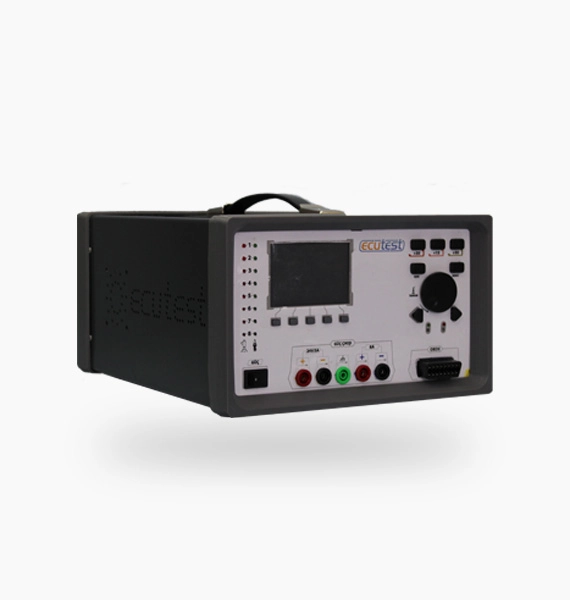Seat Leon ECU Repair
The owner of the Seat Leon 1.6 TDI called our garage and reported that there was a problem in the ECU of his vehicle and the indicator failed. We said we would help if he sent the ECU to us (Ecu Repair).
Then we took the vehicle’s ECU to the desktop.
How to Repair Seat Leon ECU?
We start to examine the SIMOS PCR2.1 Ecu, which belongs to the Seat Leon 1.6 TDI TDI vehicle, on the desktop. First of all, we make a connection between SIMOS PCR2.1 and Ecutest Ecu Simulation and Test Device.
We made this connection with the Universal Socket, which is provided with the Ecutest Ecu Simulation and Test Device, allowing you to easily connect to all heavy vehicle and passenger engine Ecu.
Upon the request of our customers, we can make it in the original socket of each engine Ecu, so you can connect the socket directly to the ECU and make your connection. After making our connection, we open our simulation of the Ecutest Ecu Simulation and Test Device from the computer.
After selecting the vehicle brand and model, we confirm the ECU SIMOS PCR2.1 and enter our simulation screen. We see that the injectors, valves and sensors are okay.
Later, when we checked the sensor supply voltages by clicking the “Sensors Powers” button on the left, we saw that the value should be 5V, but the value was 0V in the red light.
Thus, we found the malfunction of the SIMOS PCR2.1 ECU. Then, by clicking on the “Component Description” button on the top, we see the internal diagram of the SIMOS PCR2.1 ECU. Here it is written the role and brand of the circuit elements.

Here we find the Power Driver Integration. Clicking on ‘Electric Diagram’ we see the 5 V pins of the sensors. Then we check the path from the pins to the Power Driver Integration with a multimeter.
We see that it is seamless. When we test the integrated with the multimeter, we understand that the integrated legs are short-circuited to ground and it has lost its function.
You can also do this with a thermal imager by powering the Ecu. We remove the defective integrated with the soldering iron, without damaging the ECU, and replace it with our solid integral.
After completing this process, we connect our SIMOS PCR2.1 ECU to the Ecutest Ecu Simulation and Test Device again.
We run our simulation again. When we check the sensor supply voltages, we see that the problem is solved, they give 5V output on our simulation screen and we complete our test.
Thus, thanks to the Ecutest Ecu Simulation and Test Device, we can solve the problem of SIMOS PCR2.1 ECU quickly, easily and with minimum cost. We deliver our SIMOS PCR2.1 ECU to our customer.
